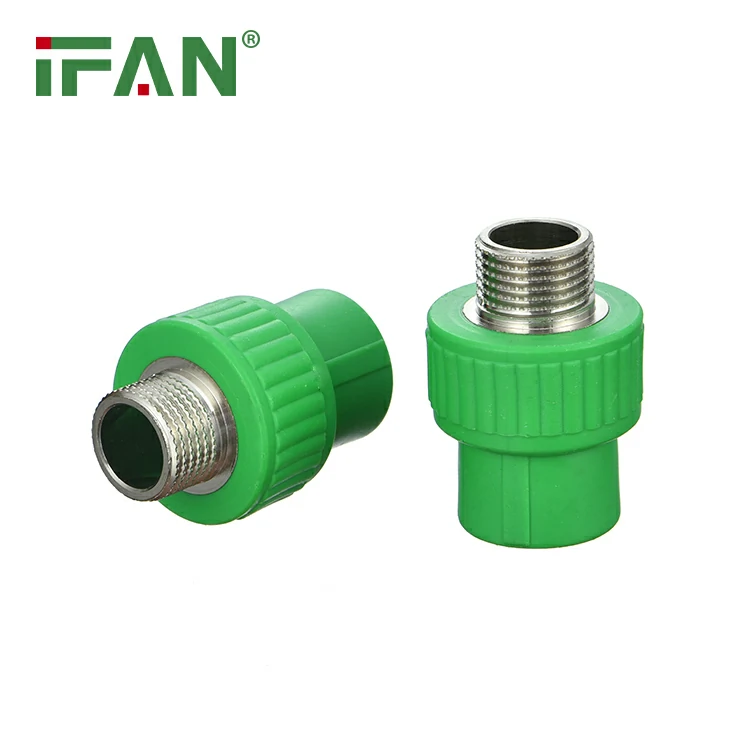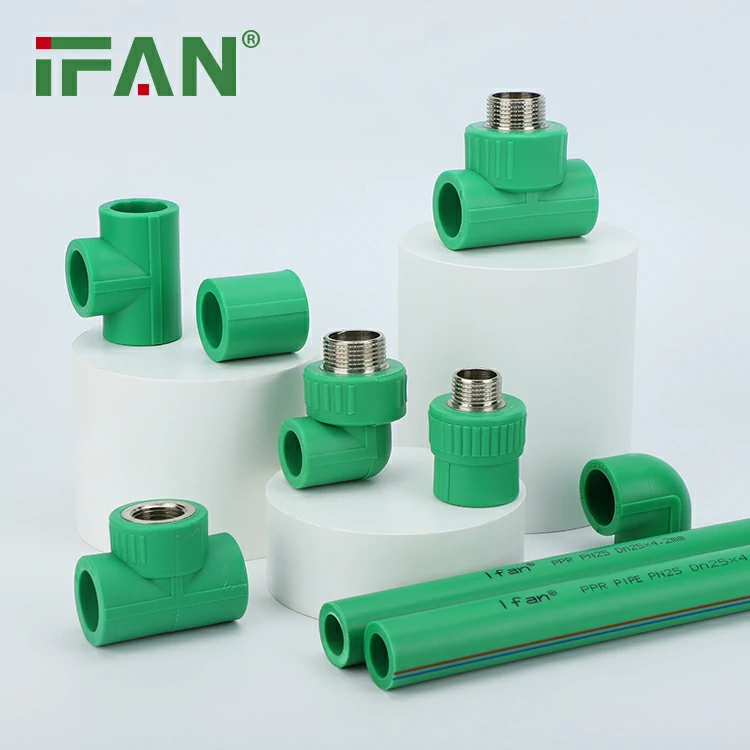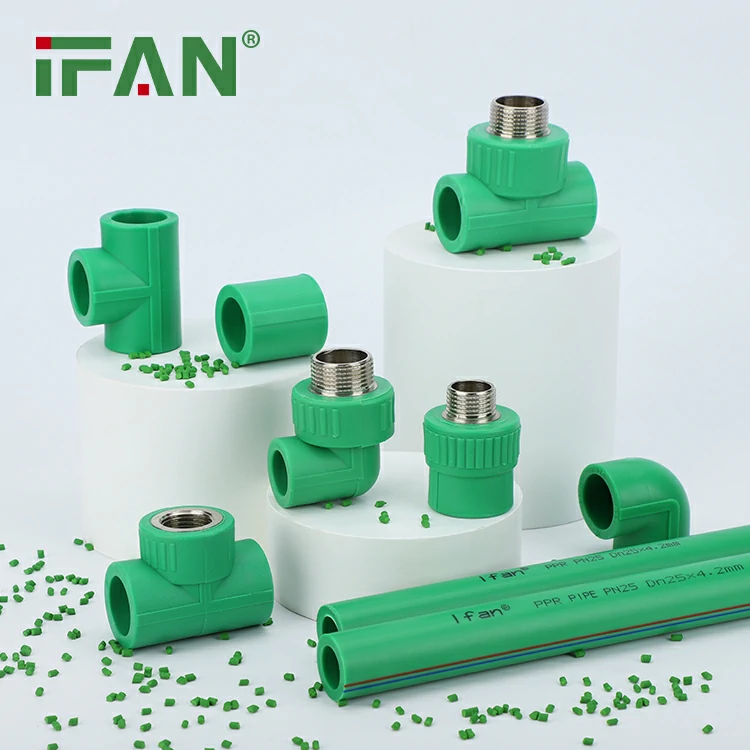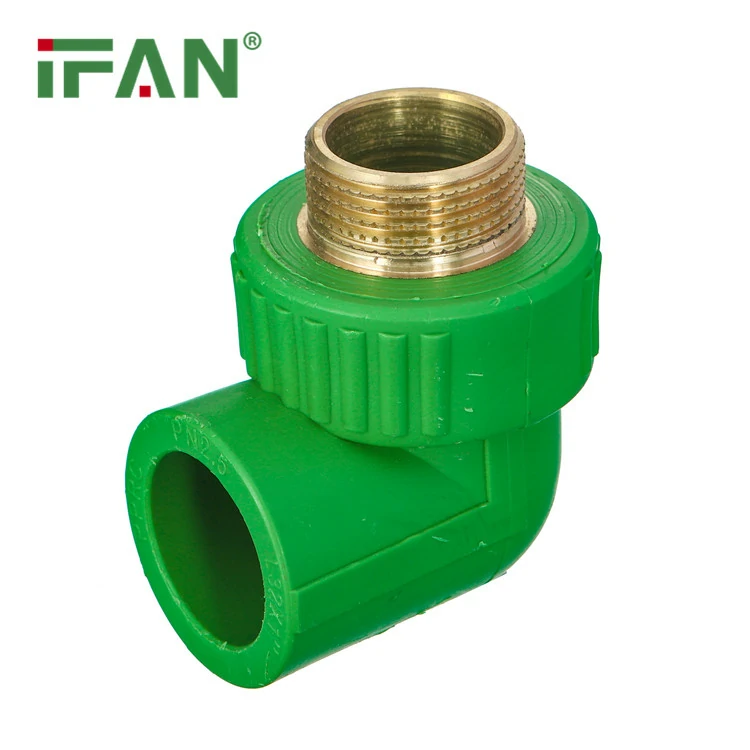If you live in an area with freezing temperatures, you know that the winter season can bring a range of challenges. One of the most common issues is frozen pipes, which can lead to a burst pipe if not addressed promptly. If you’re facing this problem, don’t panic. Here’s what you need to do:
First, turn off the water supply to your home. This will prevent any further damage from occurring. Then, open all the faucets in your home to drain any remaining water from the pipes. If you have a burst pipe, you’ll need to call a plumber to repair it. If you’re not sure where the burst occurred, a plumber can help you locate the damaged area.
It’s important to address a burst pipe as soon as possible to prevent further damage to your home. In addition to calling a plumber, you may need to contact your insurance company to file a claim. Depending on your policy, your insurance may cover the cost of repairs and any damage caused by the burst pipe. By taking quick action, you can minimize the impact of a burst pipe and get your home back to normal as soon as possible.
Shut off the Water Supply
As soon as you notice that a pipe has burst, it’s important to shut off the water supply to your home. This will prevent further damage to your home and will also reduce the amount of water that is wasted.
The first thing I do is locate the main water shutoff valve in my home. It’s usually located near the water meter or where the main water line enters the house. Once I locate the valve, I turn it off by turning the handle clockwise until it’s completely closed.
If you’re not sure where the main shutoff valve is located, you can contact your water company or a plumber for assistance. It’s important to know where this valve is located before an emergency happens so that you can act quickly if a pipe bursts.
After you shut off the main water supply, you should also turn off the electricity to any appliances or outlets that may have been affected by the water. This will prevent electrical shock and reduce the risk of fire.
Open the Faucets
When a pipe bursts, it’s crucial to open the faucets immediately. This will help relieve the pressure in the pipes and prevent more damage from occurring.
First, turn off the main water supply to your home. This will stop the water flow and prevent further damage. Next, turn on all the faucets in your home, both hot and cold. This will help drain the remaining water from the pipes.
Don’t forget to flush the toilets and turn on the showerheads as well. Make sure to keep the faucets on until the water stops running. This may take several minutes, but it’s important to ensure that all the water is drained from the pipes.
If you have a basement or crawl space, make sure to check the pipes there as well. Open the faucets in those areas to ensure that all the water is drained.
Thawing the Pipes
Dealing with frozen pipes can be a hassle, but it’s important to thaw them out as soon as possible to prevent further damage. Here are the steps I take to safely thaw my pipes:
Locate the Frozen Pipe
The first step is to locate the frozen pipe. Check all the faucets in your home to see which ones are affected. If only one faucet is affected, then the frozen pipe is likely located near that faucet. If multiple faucets are affected, then the frozen pipe may be located in a more central location.
Apply Heat to the Frozen Pipe
Once you’ve located the frozen pipe, it’s time to apply heat. You can use a hair dryer, heat lamp, or space heater to slowly thaw the pipe. Be sure to keep the heat source at a safe distance from the pipe, and never use an open flame.
If you’re unsure about how to safely apply heat, it’s best to call a plumber. They will have the necessary tools and expertise to safely thaw your pipes.
Keep the Faucet Open
While you’re thawing the pipe, be sure to keep the faucet open. This will allow any water to flow out of the pipe as it thaws, which will help prevent pressure from building up and causing the pipe to burst.
Check for Leaks
After you’ve thawed the pipe, be sure to check for any leaks. Turn off the heat source and close the faucet, then check the pipe for any cracks or leaks. If you notice any leaks, turn off the water supply to the affected area and call a plumber.
Thawing frozen pipes can be a daunting task, but with these steps, you can safely and effectively thaw your pipes and prevent further damage.
Preventing Future Pipe Bursts
Insulate Your Pipes
I learned the hard way that insulating pipes is a must in cold weather. By wrapping your pipes with insulation, you can protect them from the cold and prevent them from bursting. You can buy insulation sleeves at your local hardware store or online. Make sure to measure your pipes to get the right size. It’s a quick and easy DIY project that can save you a lot of trouble in the long run.
Keep Your Home Warm
Another way to prevent future pipe bursts is to keep your home warm. Make sure your heating system is working properly and set the temperature to at least 55 degrees Fahrenheit, even if you’re away from home. You can also use space heaters in areas that are prone to freezing, such as the basement or attic. Just make sure to follow the manufacturer’s instructions and never leave them unattended.
Let Your Faucets Drip
When the temperature drops below freezing, letting your faucets drip can help prevent your pipes from bursting. Running water through your pipes, even at a slow trickle, can keep them from freezing. It’s a simple and effective way to prevent future pipe bursts.
By following these simple steps, you can prevent future pipe bursts and save yourself from a lot of headaches and expenses. Insulating your pipes, keeping your home warm, and letting your faucets drip are easy and effective ways to protect your pipes from the cold.
Conclusion
Dealing with a burst pipe in cold weather can be a stressful and frustrating experience. However, by taking the right steps, you can minimize the damage and get your home back to normal as quickly as possible.
If you discover a burst pipe, the first thing to do is turn off the main water supply to your home. Then, call a plumber or water damage restoration specialist to assess the damage and make any necessary repairs.
While you wait for help to arrive, you can take steps to prevent further damage. Use towels or a mop to soak up any standing water, and use a space heater or hair dryer to thaw any frozen pipes. Be sure to never use an open flame to thaw pipes, as this can be extremely dangerous.
Finally, be sure to take steps to prevent future pipe bursts. This may include insulating pipes in vulnerable areas, keeping your home at a consistent temperature, and taking measures to prevent frozen pipes during cold weather.
By following these steps and taking a proactive approach to pipe maintenance, you can minimize the risk of future pipe bursts and keep your home safe and comfortable all year round.





